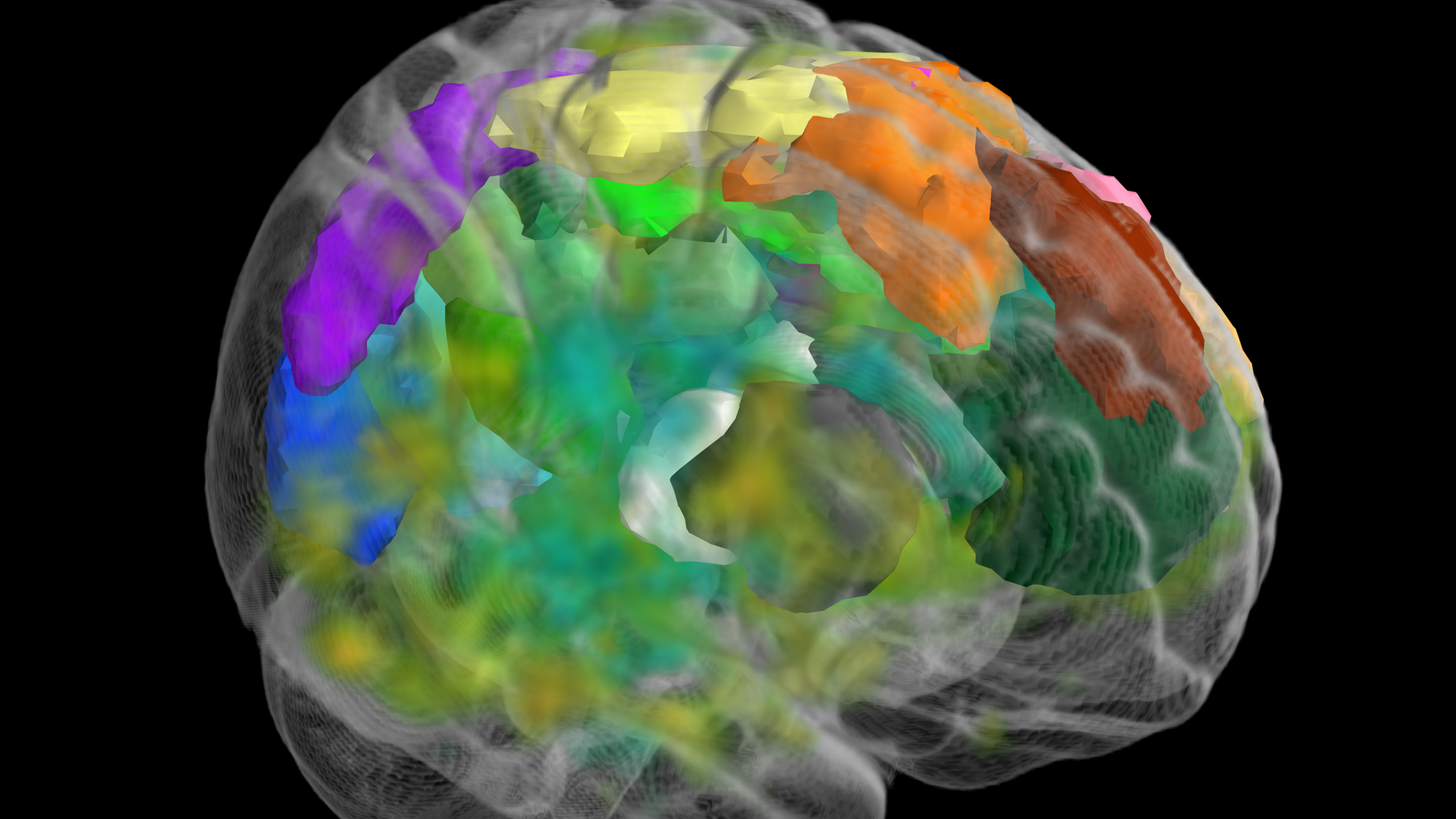"Doc-Forest" : a new tool for the diagnosis of states of consciousness
Date:
Publish on 22/01/2020

Conscientiousness disorders are often difficult to diagnose and may require the use of additional functional neuroimaging tests. If there are two states of consciousness after a transitional period of coma, namely the "vegetative" state, in which the patient is not conscious, and the minimum state of consciousness which corresponds to a certain degree of consciousness, the distinction between these two states has major implications in terms of medical care. However, the diagnosis of these conditions is very difficult to carry out only on clinical examination. Several tools have been developed in recent years but are reserved for a few expert centres.
The study proposes and validates an EEG diagnostic tool based on clinical data from the Pitié-Salpêtrière AP-HP Hospital in Paris. To do this, Denis Engemann (Inria Saclay - Île-de-France / CEA NeuroSpin), Federico Raimondo (Université de Buenos Aires / Sorbonne Université) and Jacobo Sitt, Inserm researcher at the Institut du Cerveau et de la Moelle épinière (CNRS/Inserm/Sorbonne University) have compiled EEG biomarkers of consciousness with different EEG sensor and recording modalities, and combined them using a machine learning algorithm to develop a diagnostic tool.
With computational stress tests, we found that the multivariate model is particularly robust when different EEG-configurations are used for training and testing and either the diagnostic information or the data is corrupted with noise.
adds Denis Engemann
"DoC-Forest" (DoC stands for Disorder of Consciousness and Forest for the name of the algorithm used) could change the situation and provide for the first time a simple, efficient, economical and accessible evaluation for the greatest number of people.
Overall, this study validates the robustness and reliability of this EEG tool for the diagnostic of disorders of consciousness. EEG is a simple and accessible method in practice and using this tool, detection of disorders of consciousness can be obtained collecting small amounts of data from each patient. Further studies will aim at extending these results to prognosis of DoC as well as other states of consciousness and improve the machine-learning results by using even larger data sets.
Determining the state of consciousness in patients with disorders of consciousness is a challenging practical and theoretical problem. Recent findings suggest that multiple markers of brain activity extracted from the EEG may index the state of consciousness in the human brain. Furthermore, machine learning has been found to optimize their capacity to discriminate different states of consciousness in clinical practice. However, it is unknown how dependable these EEG markers are in the face of signal variability because of different EEG configurations, EEG protocols and subpopulations from different centres encountered in practice. In this study we analysed 327 recordings of patients with disorders of consciousness (148 unresponsive wakefulness syndrome and 179 minimally conscious state) and 66 healthy controls obtained in two independent research centres (Paris Pitié-Salpêtrière and Liège). We first show that a non-parametric classifier based on ensembles of decision trees provides robust out-of-sample performance on unseen data with a predictive area under the curve (AUC) of ~0.77 that was only marginally affected when using alternative EEG configurations (different numbers and positions of sensors, numbers of epochs, average AUC = 0.750 ± 0.014). In a second step, we observed that classifiers based on multiple as well as single EEG features generalize to recordings obtained from different patient cohorts, EEG protocols and different centres. However, the multivariate model always performed best with a predictive AUC of 0.73 for generalization from Paris 1 to Paris 2 datasets, and an AUC of 0.78 from Paris to Liège datasets. Using simulations, we subsequently demonstrate that multivariate pattern classification has a decisive performance advantage over univariate classification as the stability of EEG features decreases, as different EEG configurations are used for feature-extraction or as noise is added. Moreover, we show that the generalization performance from Paris to Liège remains stable even if up to 20% of the diagnostic labels are randomly flipped. Finally, consistent with recent literature, analysis of the learned decision rules of our classifier suggested that markers related to dynamic fluctuations in theta and alpha frequency bands carried independent information and were most influential. Our findings demonstrate that EEG markers of consciousness can be reliably, economically and automatically identified with machine learning in various clinical and acquisition contexts.